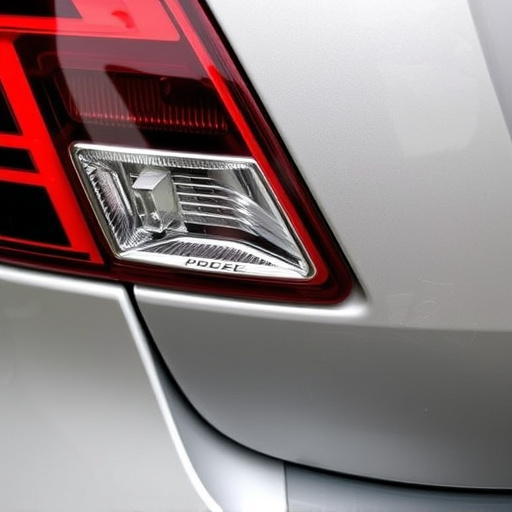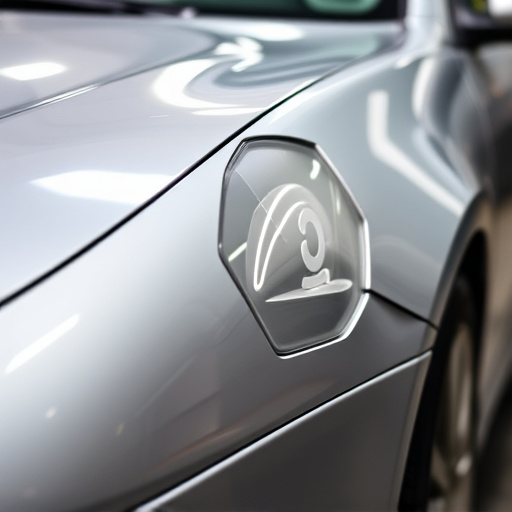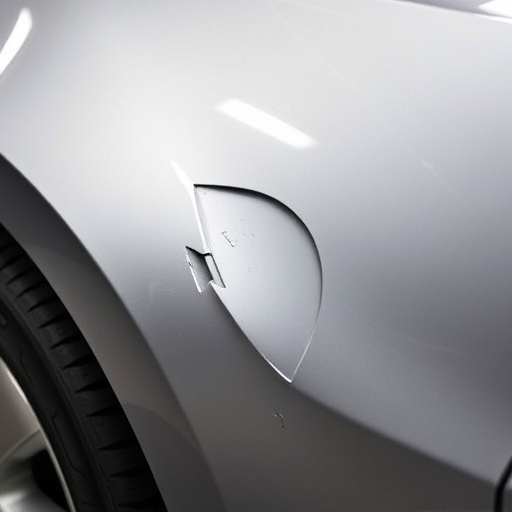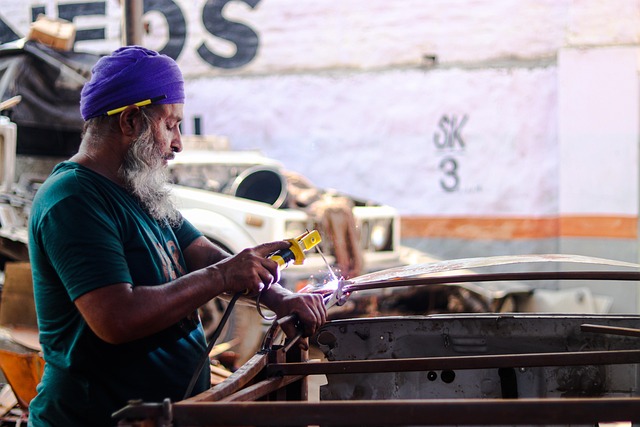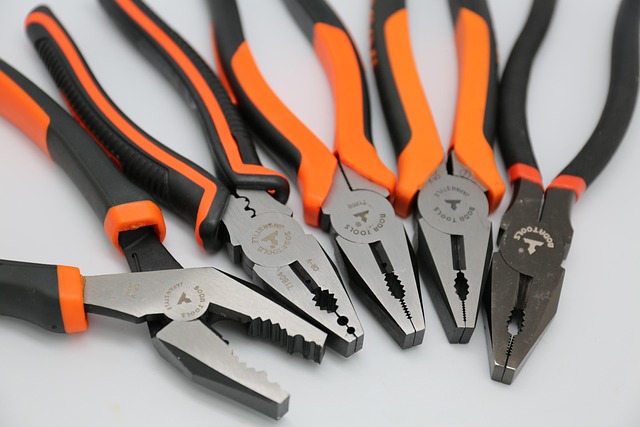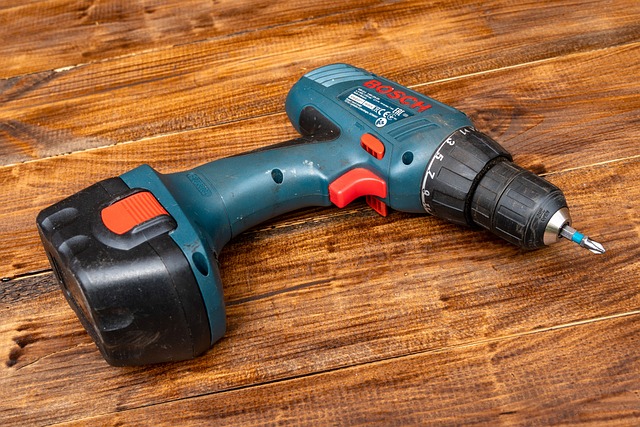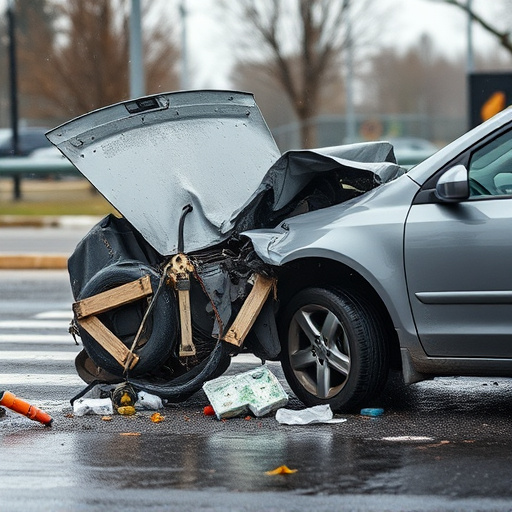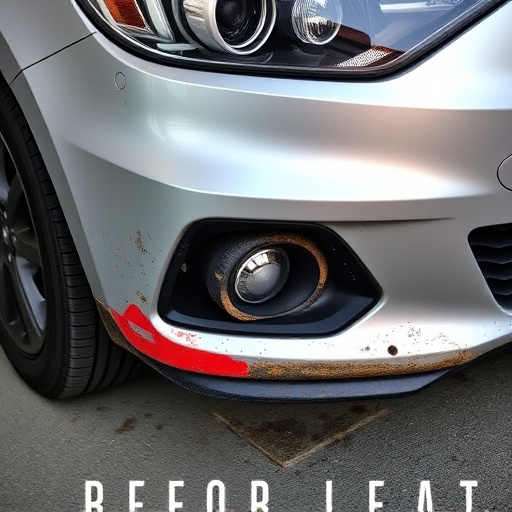Insurance is crucial for structural damage repair, covering integral building components like walls, foundations, roofs, and bearing walls from perils such as storms, fires, earthquakes, and accidental incidents. Navigation of claims involves thorough assessment and documentation, immediate insurer contact, choosing a reputable restoration company, maintaining detailed records, and ensuring cost approvals before work begins.
“Discover why insurance may cover structural damage repair costs. In today’s unpredictable world, understanding your home or business insurance policy is paramount, especially regarding structural damage. This comprehensive guide breaks down the intricacies of coverage, common causes of such damage, and navigates the claims process to ensure swift reparative solutions for unforeseen circumstances. Learn how to leverage your policy for peace of mind.”
- Understanding Coverage: Insurance and Structural Damage
- Common Causes of Structural Damage That May Be Covered
- Navigating Claims: Steps to Ensure Reparation Costs are Met
Understanding Coverage: Insurance and Structural Damage
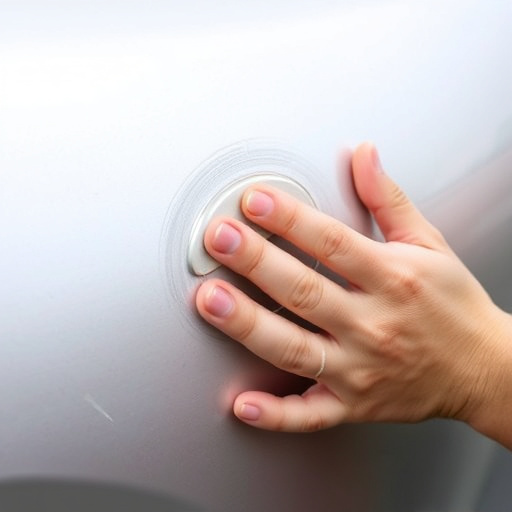
When it comes to structural damage repair, insurance plays a pivotal role in ensuring that homeowners and business owners can restore their properties to their original condition. Understanding your insurance policy is crucial to navigating this process effectively. Structural damage refers to the integral parts of a building or its framework, such as walls, foundations, roofs, and bearing walls. Repairs for these elements are often covered under comprehensive or all-risk insurance policies, which protect against various perils including storms, fires, and even earthquakes.
Many standard home insurance policies include provisions for structural damage repair, but the extent of coverage varies. Policyholders should review their policies carefully to understand what is considered a covered event. For instance, while car bodywork or automotive repair due to an accident might not be included, repairs to the building’s structure resulting from a covered incident are generally eligible for reimbursement. This includes expenses related to car dent removal if it contributes to broader structural issues caused by a covered peril.
Common Causes of Structural Damage That May Be Covered
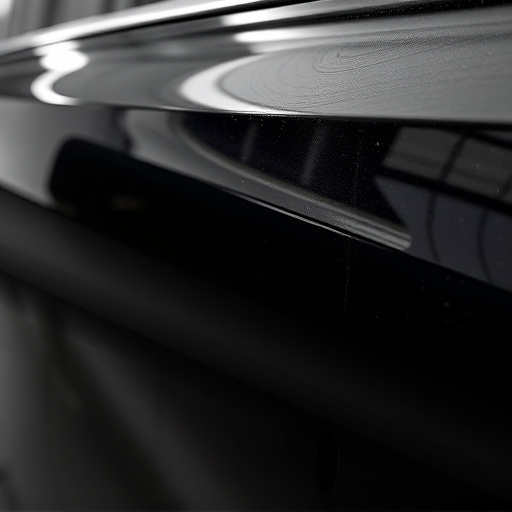
Structural damage to a property can arise from various unforeseen circumstances and events. Some common causes that may be covered by insurance policies include natural disasters such as hurricanes, earthquakes, and floods. These catastrophic events can lead to significant structural issues like roof damage, cracked walls, or even foundation failures. Moreover, extreme weather conditions, such as heavy storms or lightning strikes, can cause substantial harm to buildings’ structures.
Another set of reasons for structural damage involves accidents and human-induced incidents. For instance, a car crash into a house or a tree falling on a structure during a storm might result in repair needs that insurance could potentially cover. Even everyday occurrences like construction work nearby or excavation projects can cause unintended structural damage, especially if proper precautions are not taken. In such cases, an auto body shop or auto repair near me might be involved in the subsequent car body repair process, while the insurance company assesses and covers the structural repairs.
Navigating Claims: Steps to Ensure Reparation Costs are Met
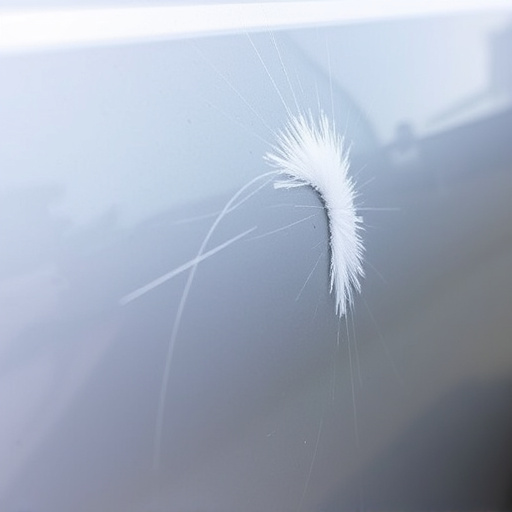
Navigating Claims: Steps to Ensure Structural Damage Repair Costs are Met
When facing structural damage to your property, whether it’s due to a natural disaster or an accident, understanding the claims process is vital. The first step is to assess the extent of the damage and gather evidence like photos and detailed reports from professionals. This documentation will be crucial when filing an insurance claim. Next, contact your insurance provider promptly to inform them about the incident and begin the claims process. They will guide you through specific steps, which often involve submitting a formal claim with all relevant information and estimates for structural damage repair costs.
It’s important to choose a reputable auto repair near me or property restoration company for these repairs, ensuring they have experience in handling collision damage repair or structural repairs specifically. Keep detailed records of communications, agreements, and financial transactions with the chosen contractor to streamline the claims process. Remember that your insurance provider will need to approve the estimated costs before any work commences, so clear communication is key to avoiding delays and ensuring a smooth journey towards repairing your property’s structural integrity.
Insurance can play a significant role in mitigating the financial burden of structural damage repairs. By understanding your policy’s coverage and taking proactive steps to file claims, you can ensure that essential repairs are affordable and accessible. Remember, whether it’s from natural disasters or other unforeseen events, having the right insurance protection can make all the difference in restoring your property to its former state.
